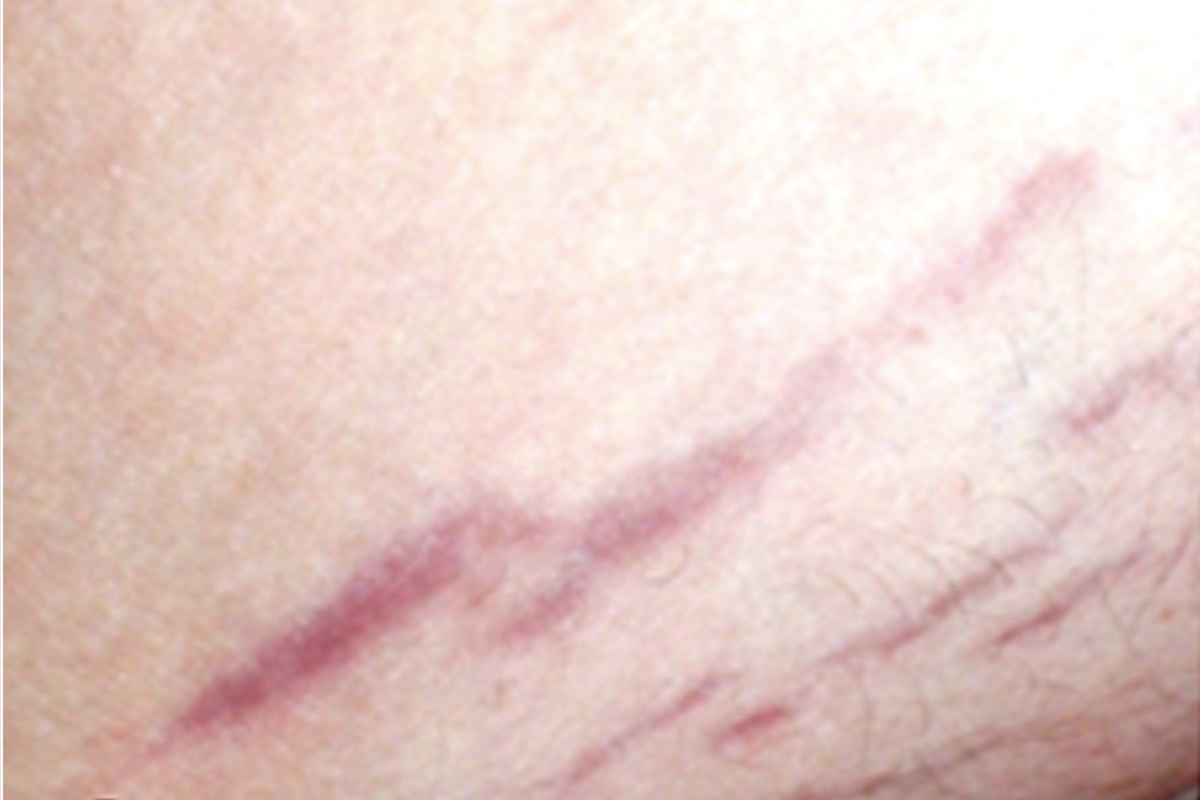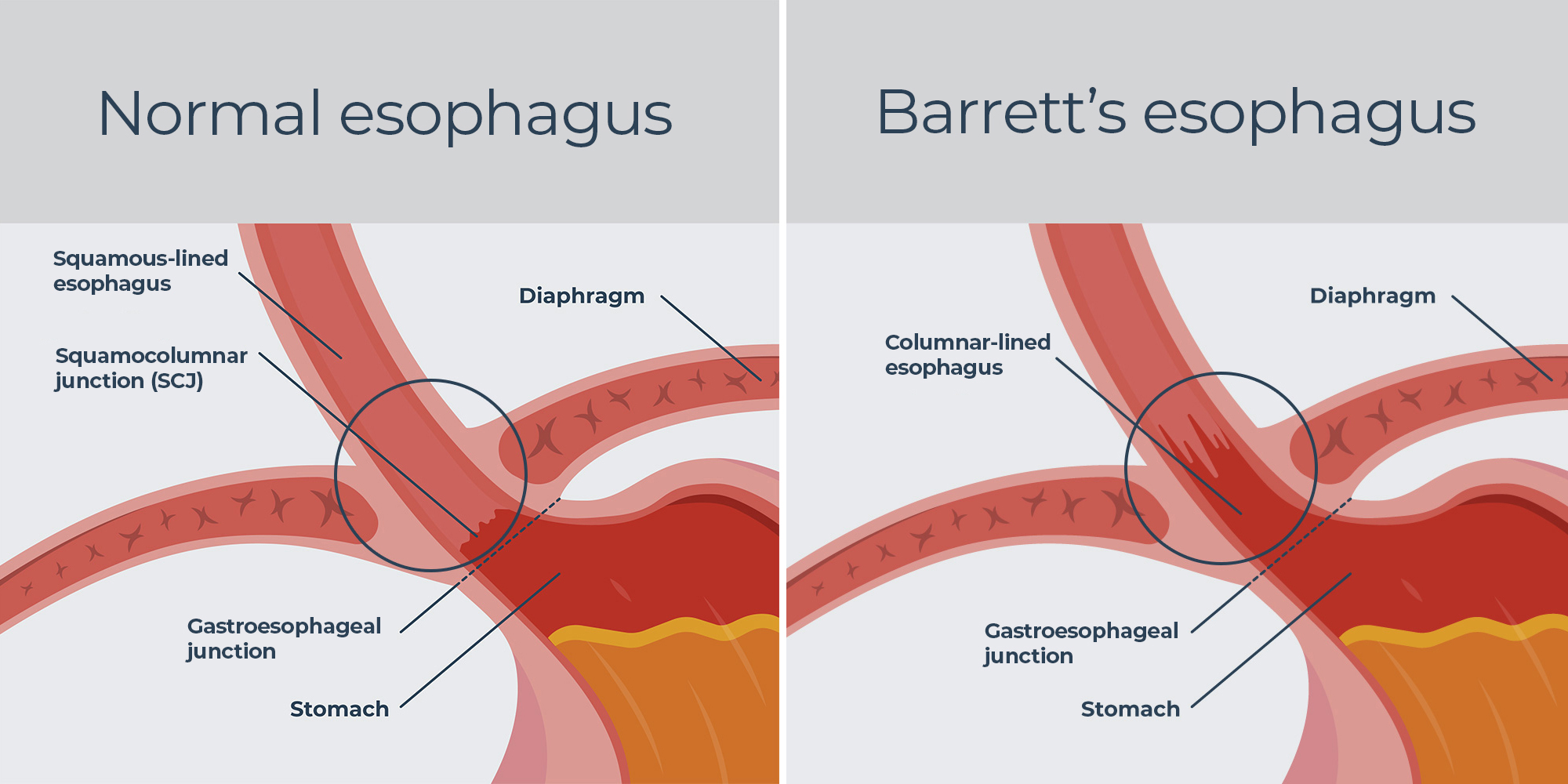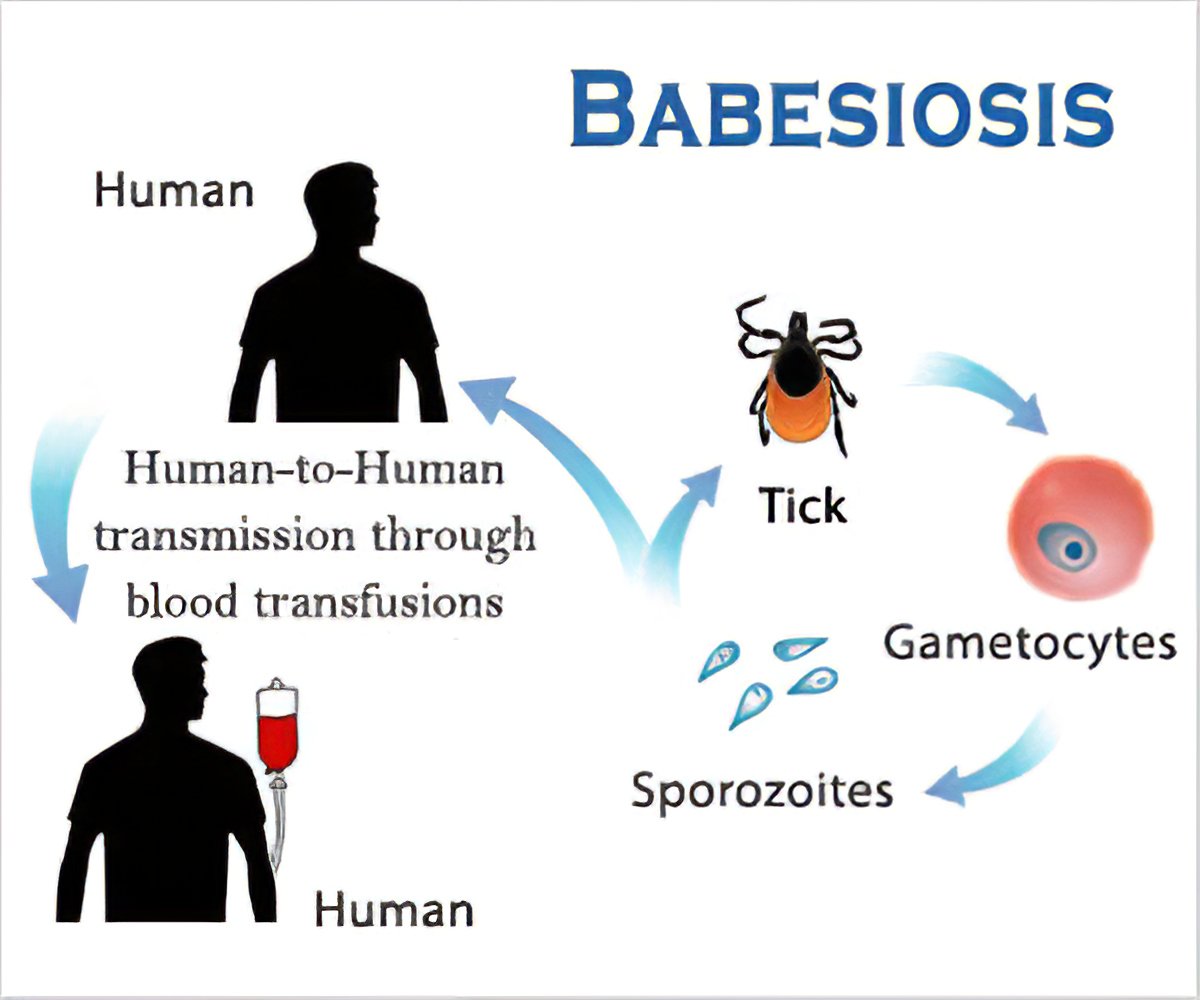Nursing Paper Example on Burkitt Lymphoma
Nursing Paper Example on Burkitt Lymphoma
Burkitt lymphoma is a rare but highly aggressive type of non-Hodgkin lymphoma that originates from B lymphocytes. It is characterized by rapid proliferation, making early diagnosis and treatment critical for survival. Burkitt lymphoma is most commonly associated with the Epstein-Barr virus (EBV) and occurs in three clinical variants: endemic, sporadic, and immunodeficiency-associated forms. Despite its aggressiveness, it is curable with prompt and appropriate treatment.

Causes of Burkitt Lymphoma
Burkitt lymphoma arises from genetic and environmental factors that drive abnormal cell growth.
Genetic mutations: Translocation of the MYC oncogene, most frequently t(8;14)(q24;q32). This translocation juxtaposes MYC with the immunoglobulin heavy-chain enhancer, leading to uncontrolled cell proliferation.
Viral infections: Epstein-Barr virus (EBV) infection is strongly associated with the endemic form and some sporadic cases. The virus promotes cell proliferation and evasion of apoptosis.
Immunosuppression: Occurs in individuals with HIV/AIDS or those undergoing immunosuppressive therapy.
Understanding these causes helps in identifying at-risk populations and informing targeted interventions.
Signs and Symptoms
The clinical presentation of Burkitt lymphoma varies depending on the subtype and disease stage.
Endemic Burkitt Lymphoma: Common in African children. Frequently presents as a rapidly growing jaw or facial bone tumor. Abdominal swelling may occur due to visceral organ involvement.
Sporadic Burkitt Lymphoma: Predominantly affects the abdomen, presenting with: Abdominal pain and swelling. Bowel obstruction or gastrointestinal bleeding. Enlarged liver or spleen.
Immunodeficiency-Associated Burkitt Lymphoma: Occurs in HIV-positive individuals. May involve lymph nodes, central nervous system (CNS), or bone marrow.
Other general symptoms include fever, night sweats, unexplained weight loss, and fatigue.
Etiology
Burkitt lymphoma originates from B lymphocytes within germinal centers of lymphoid tissues.
MYC translocations: Abnormal activation of the MYC gene is central to Burkitt lymphoma development. It drives unregulated cellular proliferation and metabolism.
Role of EBV: The virus infects B lymphocytes, inducing their proliferation. Latent membrane protein 1 (LMP1) expressed by EBV mimics signaling pathways of the tumor necrosis factor receptor, promoting lymphomagenesis.
HIV and immunosuppression: Chronic immunosuppression impairs the ability to control EBV-infected cells, increasing lymphoma risk.
This multifactorial etiology highlights the complex interplay between genetic mutations, infectious agents, and immune dysregulation.
Pathophysiology
The pathogenesis of Burkitt lymphoma involves several key mechanisms:
MYC gene dysregulation: The translocation of the MYC oncogene leads to overexpression of MYC protein, promoting cellular proliferation and survival.
Metabolic reprogramming: MYC overexpression enhances glycolysis, even in the presence of oxygen (Warburg effect), to meet the energy demands of rapidly dividing cells.
Immune evasion: EBV infection facilitates immune evasion by downregulating immune surveillance mechanisms.
Tumor microenvironment: The release of cytokines and growth factors within lymphoid tissues further supports tumor growth and invasion.
These processes underscore the aggressive nature and rapid progression of Burkitt lymphoma.
DSM-5 Diagnosis
As Burkitt lymphoma is not a psychiatric condition, it is not classified under the DSM-5. Its diagnosis relies on clinical, histological, and molecular criteria.
Diagnosis
Accurate diagnosis of Burkitt lymphoma involves a multi-modal approach:
Clinical evaluation: Assessment of symptoms and risk factors, such as geographic location or immunosuppressive conditions.
Laboratory tests: Complete blood count (CBC) may reveal cytopenias or elevated lactate dehydrogenase (LDH) levels. Peripheral blood smear may show circulating lymphoma cells.
Imaging studies: CT or PET scans identify tumor location and extent.
Tissue biopsy: Histopathology shows a “starry sky” pattern due to macrophages interspersed among rapidly dividing tumor cells. Immunohistochemistry confirms markers such as CD10, CD20, and BCL6.
Cytogenetic and molecular testing: Fluorescence in situ hybridization (FISH) detects MYC translocations. PCR or EBV serology confirms viral association.
Early and accurate diagnosis is crucial for initiating effective treatment.
Treatment Regimens
Burkitt lymphoma requires aggressive treatment due to its rapid progression.
Chemotherapy: High-intensity, multi-agent regimens such as CODOX-M/IVAC or R-CHOP are standard. CNS prophylaxis with intrathecal chemotherapy is essential to prevent relapse.
Targeted therapy: Rituximab, an anti-CD20 monoclonal antibody, is commonly added to chemotherapy regimens to improve outcomes.
Supportive care: Management of tumor lysis syndrome with hydration and medications like allopurinol or rasburicase. Antiviral therapy for EBV-positive cases in immunosuppressed individuals.
Stem cell transplantation: Considered in refractory or relapsed cases.
Prompt initiation of therapy significantly improves survival rates, even in advanced stages.
Patient Education
Educating patients about Burkitt lymphoma enhances adherence to treatment and aids early recognition of relapse.
Awareness of symptoms: Recognize signs of relapse, such as new lymphadenopathy or systemic symptoms.
Importance of follow-up: Regular follow-up with oncologists to monitor for recurrence or late treatment effects.
Lifestyle modifications: Maintaining a healthy immune system through balanced nutrition and infection prevention strategies.
Support groups and counseling services can help address psychological impacts of the disease and its treatment.
Additional Considerations
Complications: CNS involvement and tumor lysis syndrome are common complications requiring prompt management.
Prognosis: Cure rates exceed 80% with appropriate treatment, especially in localized cases. Advanced-stage disease or delayed treatment initiation worsens prognosis.
Research developments: Ongoing studies on novel targeted therapies and immunotherapies hold promise for improving outcomes further.
Conclusion
Burkitt lymphoma is a highly aggressive but treatable cancer with distinct clinical and molecular features. Early recognition, accurate diagnosis, and prompt initiation of intensive chemotherapy regimens are key to achieving favorable outcomes. Comprehensive patient education and supportive care enhance treatment adherence and quality of life. Continued research into molecular pathways and novel therapies may further improve prognosis and reduce disease burden globally.
References
Ferry, J. A. (2020). Burkitt lymphoma: Clinicopathologic features and differential diagnosis. American Journal of Clinical Pathology, 153(6), 682-694. https://doi.org/10.1093/ajcp/aqaa080
IARC Working Group. (2020). Epstein-Barr virus and lymphoma: Mechanistic insights. IARC Scientific Publications, 254(3), 55-70. https://www.iarc.who.int/news-events/epstein-barr-virus-and-lymphoma/
Leukemia & Lymphoma Society. (2023). Burkitt lymphoma: Overview and treatment. https://www.lls.org/lymphoma/non-hodgkin-lymphoma/burkitt-lymphoma
National Cancer Institute. (2023). Burkitt lymphoma treatment (PDQ®)–Health professional version. https://www.cancer.gov/types/lymphoma/hp/burkitt-treatment-pdq
Wilson, W. H., et al. (2021). Advances in the management of Burkitt lymphoma. Blood, 137(4), 454-461. https://doi.org/10.1182/blood.2020008336











